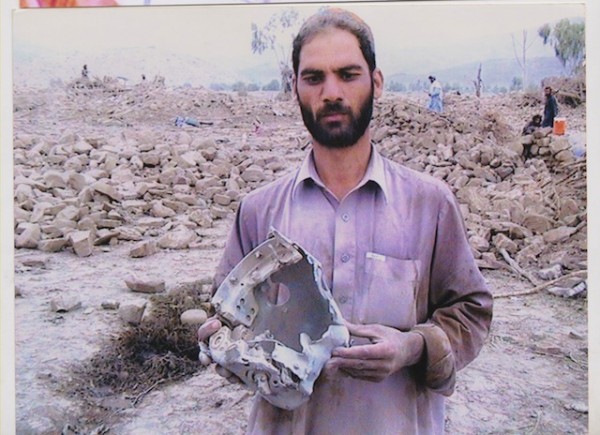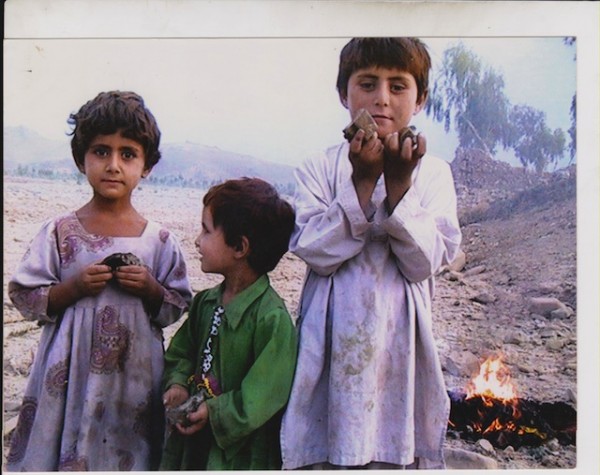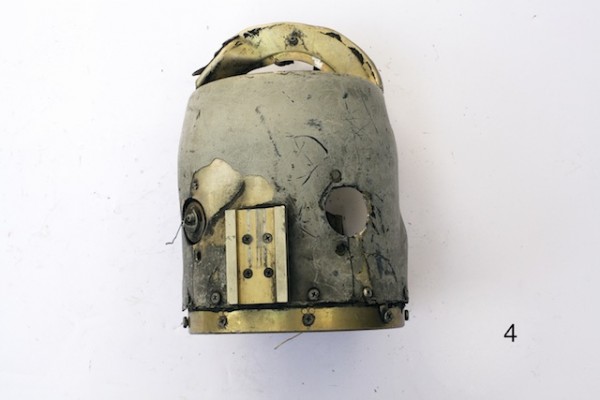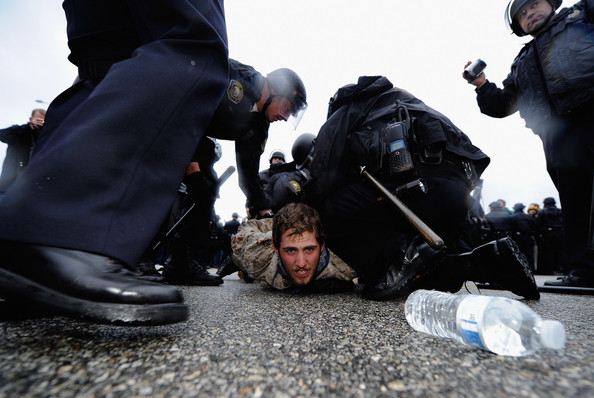Notes
Drones, and Civilians, in the Light
Just as powerful as Iran trumpeting the image of a captured American drone this week is the fact that Noor Behram’s photo-documentation of U.S. drone strikes in Pakistan, the subject of a current exhibition in London, appears in Wired nearly in the same news cycle.
So much for invisibility — and disconnect.
In the second and third photos, we see a rare look at the consequences of a drone strike, the number and ratio of civilian casualties drastically underplayed by the U.S. military. In these shots, we see a resident of the tribal town, Dande Darpa Khel, holding wreckage of a drone from an attack in ’09. The photo of the children offer them holding up pieces of rubble from a neighbor’s before they discover that their parents and a sister were killed in the attack.
In this post from The Bureau of Investigative Journalism, they document twenty-five lethal strikes between August 23 2010 and June 29 2011, a stretch in which Obama’s senior adviser on counter-terrorism asserted that no civilians had been killed. Although difficult to prove conclusively, the research on most of these attacks was further substantiated by Behram’s photo-research. (The White House failed to respond to the presentation of this data, by the way.)
A story about the exhibition in the Independent cites The New American Foundation, which monitors drone strikes, estimates that an average 15 – 20 civilians have been killed for every military target in the 118 drone strikes authorized by the Obama administration in Pakistan just in the year previous to this past July. (That’s in comparision to the 45 strikes that got a green light over the eight years Bush was in office.)
One more point from the London exhibition. I believe art and documentary photographer’s have a key role to play in visualizing the lethality and collateral damage from drones. Complementing Behram’s imagery from the scene, notice the power of the wreckage portrait by photographer Ed Clark. In objectifying the missile fragments from these almost mythical aircraft in such a refined and almost anthropomorphic way, it starts to close the gap between the Iran photo, with its editorial glaze, and Behram’s heart-wrenching aftermath images, rendering the payload of these sleek and elegant birds into elements more discernable to the folks at home, as bullet-like pieces of shrapnel.
(photos: EPA, Noor Behram, Ed Clark)





Reactions
Comments Powered by Disqus